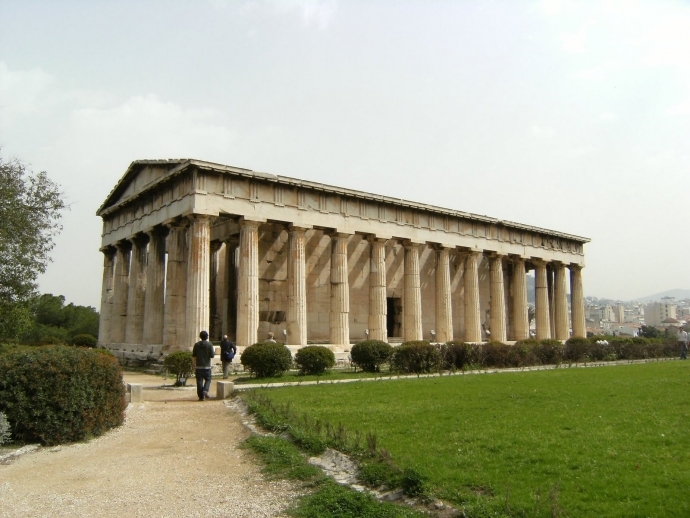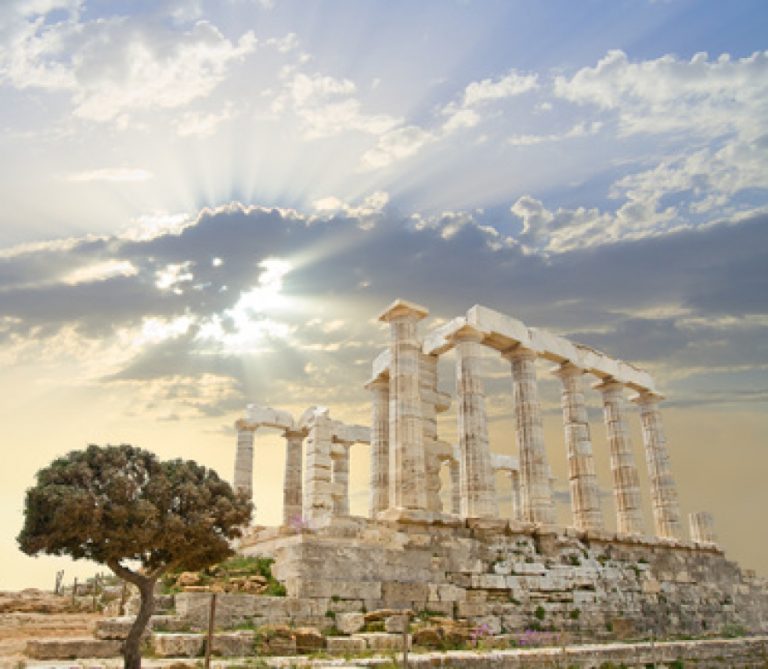Greek Medical Tourism

Asclepius of Greece
The Asclepia Temples (built in honor of the Greek god, Asclepius) were some of the earliest healing centers where patients from around the region congregated for therapeutic purposes. But who exactly was Asclepius, and how did he gain so much recognition as a healer?
According to Greek mythology, Asclepius was the god of medicine who, in his pre-celestial days, had been mentored by Chiron, a master of medicine. The young Asclepius excelled in the healing arts and was visited by sufferers from all over Greece. Healing powers attributed to him included bringing the dead back to life, reversing aging, and curing blindness. Most of the other gods in the Greek pantheon, many of whom had formidable healing powers themselves, weren’t too impressed with Asclepius’ growing fame. Among the most distressed was Pluto, lord of the underworld.
Because Asclepius’ generous healing powers created so much jealousy, Pluto complained bitterly to the great Zeus who subsequently slew Asclepius with a thunderbolt. Such cruelty and martyrdom only increased Asclepius’ status. By the 4th century B.C., Asclepian healing temples had been constructed throughout the length and breadth of the Grecian world, from Epidaurus to Tricca and from Corinth to Pergamon.
The Rise of Greek Medical Tourism
The numerous Asclepia Temples that were constructed during this time were usually established in prime “healthful” locations, often near mineral springs. Most temple complexes also included snake nurseries where serpents were farmed for mystic, healing rituals.
At Epidaurus, the longest preserved of the Asclepia Temples, the complex included bathing springs, a dream temple, gymnasium, palaestra (exercise area), and a snake farm large enough to supply nearby villages. Patients at the temple were attended to by a retinue of priests, stretcher carriers, and caretakers, before finally being granted an “appointment” with the mighty head priest. Sacrificial payments were made according to the status of the patient – the poor left shoes; Alexander the Great left his breastplate. Thereafter the patient retired for his or her healing sleep. The medical tourism treatment would culminate in a dream, during which Asclepius would allegedly visit the afflicted and recommend a remedy for the illness or injury.
The Asclepia Temples flourished well into the fourth century AD until treatments began to be less ritualistic and more clinical. However, even at the height of alchemy and herbal medicine, the old “sleep and dream” formula was still popular in certain parts of the Mediterranean. Other temple spas, like the Sanctuary of Zeus at Olympia and the spa multiplex at the Temple of Delphi, flourished throughout ancient Greece, although not on the same scale as the Asclepia Temples.





